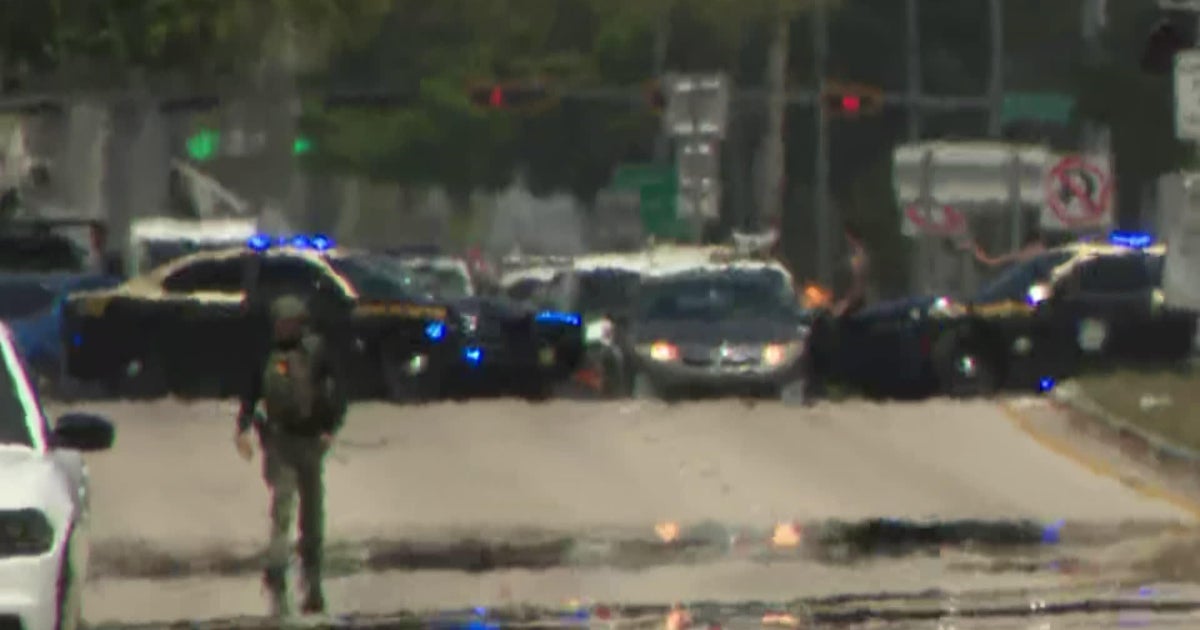Be Hurricane Smart!
Test your hurricane preparedness by answering the questions below. Good Luck!
1) What's the difference between a "watch" and a "warning"?
2) What do the numbers on the Saffir-Simpson scale
mean?
3) What is the storm surge and why is it dangerous?
4) How strong does a storm have to be to get a name?
5) Can a tropical storm do damage?
6) When does hurricane season begin and end?
7) Why are there evacuation zones?
8) Can you name different types of hurricane protection?
9) Is it possible to have flooding in a hurricane west of the turnpike?
10) What are some things you have to have in your hurricane kit?
Answers:
1. A watch means hurricane conditions are POSSIBLE within 36 to 48 hours. A warning means hurricane conditions are EXPECTED within 24 to 36 hours.
2. The Saffir-Simpson scale numbers refer to maximum sustained wind speeds (one-minute average). They are:
category 1 74 - 95 mph
category 2 96 - 110 mph
category 3 111 - 129 mph
category 4 130 - 156 mph
category 5 above 157 mph
3. Storm surge is a dome of water created by the winds and (to a lesser extent) by the drop in pressure in a hurricane. The power and weight of the moving water is capable of destroying buildings at the coast and killing people. (In 1900 at Galveston, Texas, at least 8000 people died as a result of hurricane storm surge.)
4. When a tropical system reaches 39 mph sustained winds, it's termed a tropical storm and given a name.
5. Yes. Tropical storms can cause significant damage, especially due to inland flooding from heavy rainfall.
6. Hurricane season begins June 1 and ends November 30, but it IS possible to have hurricanes and tropical storms form at other times of the year.
7. Evacuation zones are designed to get people out of the way of dangerous storm surge.
8. The main types of hurricane protection are shutters and impact resistant glass.
9. Yes, it's possible to have flooding in inland areas due to heavy rainfall in either tropical storms or hurricanes. Because the land west of the turnpike tends to be lower in elevation than some other areas of South Florida, there could be MORE flooding there than in some other places.
10. Essential items for your hurricane kit include: at least 7 gallons of water per person (one gallon per day per person for a week), enough food that doesn't require refrigeration to last your household a week, a manual can opener, one flashlight per person, a radio or TV that operates without electricity, prescription medication to last 2 weeks, and at least a week's supply of cash (ATMs won't work without electricity). These are some BASIC items.
Kids, ask your parents
1) Do we live in an evacuation zone?
2) Where will we stay in a hurricane?
3) Is our kit of hurricane supplies ready?
4) Do we have flashlights and radios with back-up batteries?
5) Where is all our hurricane food stored?
6) Do we need to re-supply our First Aid Kit?
7) How much water or how many water jugs do we have on hand?
8) Do we have shutters for all of the windows and doors?
9) Where is the safest part of the house?
10) What are we going to do with our pets?



